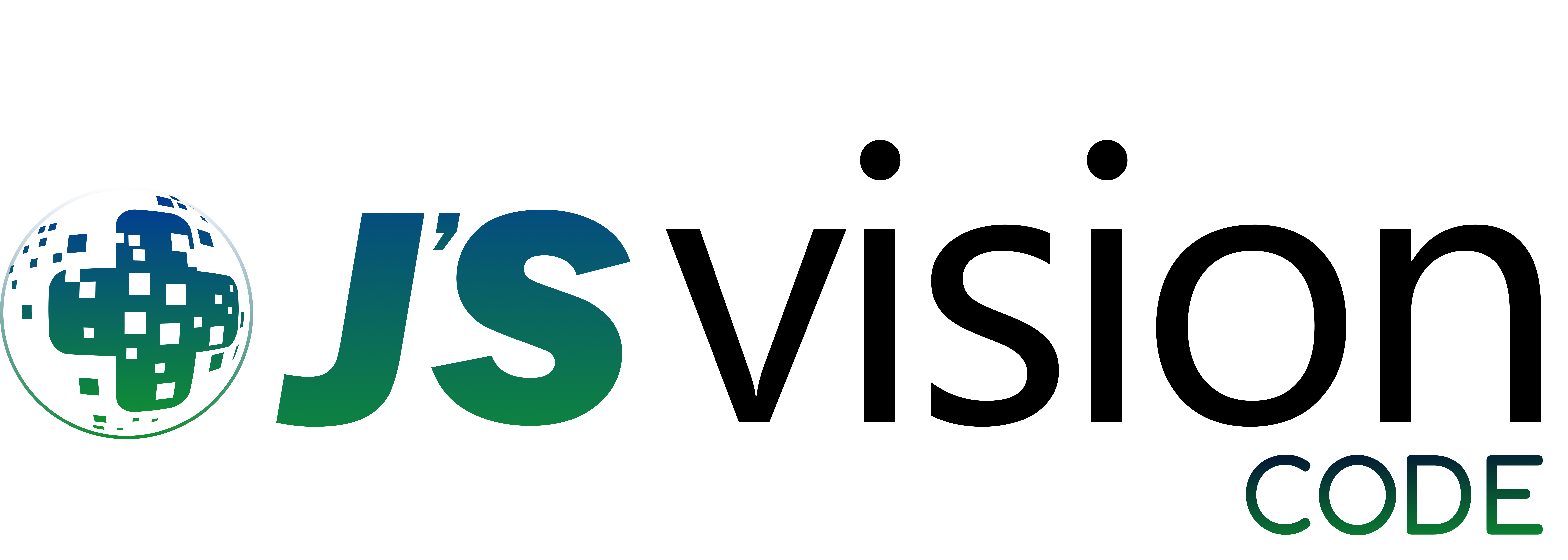Blogs / Medical Coding
Debunking 10 Myths About Offshoring Your Healthcare Revenue Cycle Management
17 June, 2025

Healthcare revenue cycle management (RCM) covers everything from patient registration to final payment posting. Offshoring parts of this cycle can cut costs, boost accuracy, tighten compliance and speed up cash flow. Yet fears about control, security and quality still hold many providers back. Here are ten myths you may have heard – and the hard data and industry terms that put each to rest.
Myth 1: You Lose Operational Oversight
Reality: Leading offshore RCM vendors deploy business intelligence (BI) dashboards with realtime key performance indicators (KPIs) such as first-pass clean claim rate, denial rate, days in accounts receivable (DAR) and rework rate. Service-level agreements (SLAs) specify target turnaround time (TAT) and throughput. Automated scorecards and monthly root-cause analysis reports give you full visibility into coder productivity, claim adjudication status and appeals pipeline.
Myth 2: Patient Data Isn’t Secure Overseas
Reality: Top firms hold HIPAA 5010 compliance, HITRUST CSF certification and SOC 2 Type II reports. They segment networks with role-based access control (RBAC), encrypt PHI with AES-256 at rest and TLS 1.2 or above in transit, and log every access event in a security incident and event management (SIEM) system. Annual penetration tests and vulnerability scans, plus strict third-party audits, match or exceed most in-house IT budgets.
Myth 3: Coding Accuracy Drops Without U.S. Staff

Reality: Offshore teams recruit only certified coders with AAPC or AHIMA credentials. They use dual coding audit workflows to compare machine-suggested CPT, ICD-10-CM, ICD-10-PCS and HCPCS Level II picks against expert choices. Discrepancies trigger peer review and a documented root-cause analysis. Quality metrics track errors per 1,000 charts and maintain an error ceiling under 2 per cent.
Myth 4: Payer Rules Vary Too Much to Keep Up
Reality: Vendors maintain global edit sets and embed payer-specific logic for Medicare, Medicaid and hundreds of commercial payers. Automated repricing engines check fee schedules and allowable amounts before claim submission. Systems apply OIG safe harbor checks and modifier validation. When fee schedule updates arrive, internal edit logic is updated within 24 hours so no claim uses an outdated rate.
Myth 5: Hidden Fees Will Eat Your Savings
Reality: Fee structures come in clear formats: per-claim, per-FTE or subscription. Every line item – integration, EDI enrollment, OCR scanner maintenance, system updates and exit support – appears in a pricing sheet. Lower offshore labor rates – often 60 per cent below U.S. averages – plus fewer denials and faster clean-claim cycles usually generate a return on investment within six months.
Myth 6: Turnaround Time Gets Slower
Reality: Offshore centers operate on a 24-7 follow-the-sun model. Your U.S. day shift hands off to an overnight team using detailed batch journals and claim-pending lists. Batch latency drops to under one hour. Typical TAT for standard outpatient claims falls below 24 hours and inpatient coding closes within 48 hours. Continuous throughput means faster cash posting via EDI 835 electronic remittance advice.
Myth 7: Offshoring Only Suits Large Systems
Reality: Providers processing as few as ten claims per day can use the same infrastructure as those handling thousands. Elastic headcount ramps up or down based on claim volume. Built-in redundancy across multiple data centers supports business continuity plans (BCP) and disaster recovery (DR). Small clinics gain the same coder expertise and platform features without investing in new software or headcount.
Myth 8: Integration With EMR/EHR Is a Nightmare

Reality: RCM partners support HL7 interfaces, FHIR APIs and secure SFTP or FTPS file drops. They build custom connectors to leading EHRs such as Epic, Cerner and Athenahealth. Automated extract-transform-load (ETL) scripts pull patient demographics, clinical notes and encounter data for coding and billing. Post-process, claim acknowledgements and remittance posts sync back to the EHR in real time.
Myth 9: Denial Management Suffers Offshore
Reality: Denial workflows use automated remittance advice parsing to categorize EDI 835 reversals and denials by code and reason. Each denial enters a triage queue with root-cause tagging – eligibility, coding error, missing modifier or bundling issue. Offshore teams draft appeals using a library of payer-specific templates, track appeal SLAs and update denial dashboards hourly. Average appeal turnaround falls under five days.
Myth 10: Keeping Up With Regulatory Updates Is Too Hard
Reality: Dedicated compliance units monitor CMS transmittals, Local Coverage Determinations (LCDs), National Coverage Determinations (NCDs) and ICD-10-CM addenda. When a new CPT modifier or billing guideline arrives, edit logic is revised and coder training modules roll out within 72 hours. Change logs record every update for audit proof and version control, so your RCM always uses the latest rules.
To sum it all up
Offshoring healthcare RCM need not be a leap of faith. With the right partner you keep full operational control, safeguard every byte of PHI, maintain elite coding quality, follow all payer rules and stay current with regulatory shifts. A phased pilot on a small claim subset lets you compare first-pass acceptance, denial resolution time and DAR reduction before a full rollout. Contact J’S Vision Code to set up your pilot and see how offshore RCM can cut cost per claim and drive faster payments.

